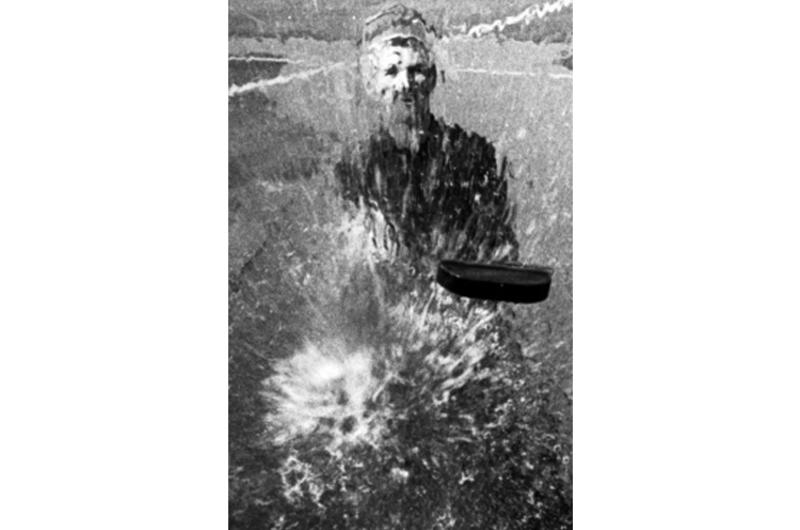

This website was created and maintained from May 2020 to May 2021 to commemorate the 75th anniversary of Stars and Stripes operations in the Pacific.
It will no longer be updated, but we encourage you to explore the site and view content we felt best illustrated Stars and Stripes' continued support of the Pacific theater since 1945.
'Operation Huey Wash' a big deal every month

Yokota Air Base, Japan, November, 1974: Sgt. Tim Martin of the 475th Consolidated Aircraft Maintenance Squadron is partially obscured by the sheet of water he's pouring onto a UH1P ''Huey'' helicopter at Yokota Air Base. The chopper had to be washed down at least once a month to prevent corrosion.
By STARS AND STRIPES | STARS AND STRIPES December 26, 1974
YOKOTA AB, Japan — What can you do when your washday comes but once a month and your laundry pile is 12 feet high, 57 feet long, eight feet wide and weighs in at almost 6,000 pounds?
Sgt. Bob Caton knows just exactly what to do in such a situation. Twelve times or more a year he faces the same problem and handles it the same way each time.
The laundry just happens to be a UH1P "Huey" helicopter that is required to be cleaned every 30 days to prevent corrosion.
Caton, a helicopter crew chief, is a member of the 475lh Consolidated Aircraft Maint. Sq., otherwise known throughout the base as "Hover Airlines."
Dressed in foul weather gear and wearing plastic face shields, Caton and some of the Japanese civilian employees carry gallons of aircraft soap, solvent and hand brushes to the large outdoor wash rack and the awaiting laundry.
After the chopper has been towed into the washrack area, Caton and his helpers clean it from top to bottom. The windshield , windows, fuselage, wheels, struts and even the prop are soaked with solvent and soap and then scrubbed with brushes before pressure hoses rinse them off. About two hours later, the job is finished. The Huey is one of the new modern aircraft that you let drip dry in the sun. You know the type, the wash and fly kind.
The Maint. Sq., which controls the wash cycle for each helicopter and plane, sets up the time and date for each one according to their individual flight and maintenance schedules. If the aircraft has been flying over salt water, then the wash cycle comes around sooner.
The crew of each plane or helicopter is responsible for getting it washed, with the help of some of the Japanese civilian workers. On some of the larger aircraft, such as the C135, the wash time can be as long as three to five hours with six or seven people working together.
On a normal workday, there will be two or three aircraft taken through the wash rack in the never ending battle against corrosion.


